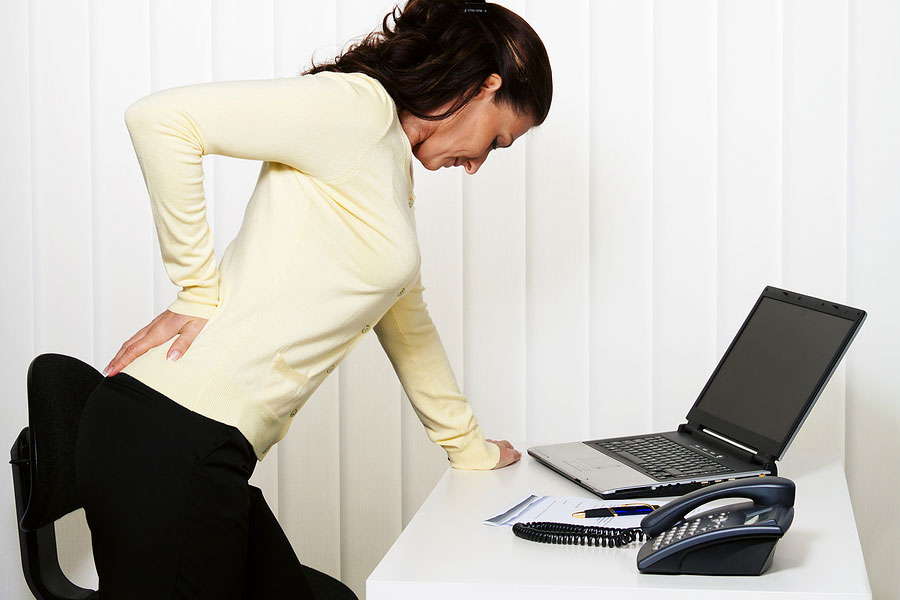
Do Standing Desks Help with Back Pain and Posture?
In recent years, standing desks have surged in popularity, touted as a remedy for the sedentary lifestyle many office workers endure and a solution to the persistent problem of back pain. Proponents claim that by standing instead of sitting, individuals can alleviate discomfort and improve their posture. But are standing desks truly the panacea they’re made out to be? Let’s delve into the evidence to unravel this question.
The Promise of Standing Desks
Standing desks offer a compelling proposition: by encouraging users to spend more time on their feet, they aim to counteract the negative health effects associated with prolonged sitting. Advocates argue that standing desks can reduce back pain, alleviate pressure on the spine, and promote better posture, ultimately contributing to improved overall health and well-being.
Understanding Back Pain and Posture
Before we evaluate the efficacy of standing desks, it’s crucial to understand the factors contributing to back pain and poor posture. Sedentary behaviour, such as prolonged sitting, can lead to muscle imbalances, weakened core muscles, and increased pressure on the spine—all of which can exacerbate back pain and contribute to slouching and poor posture.
Examining the Evidence
Numerous studies have investigated the effects of standing desks on back pain and posture, yielding mixed results. While some research suggests that standing desks can indeed reduce lower back pain and improve posture, other studies have found no significant differences between standing and sitting in terms of discomfort or posture.
The Benefits:
1. Reduced Lower Back Pain: Some studies have shown that using a standing desk can lead to a reduction in lower back pain, particularly among individuals who previously experienced discomfort while sitting for extended periods.
2. Improved Posture: Standing desks may encourage users to adopt a more upright posture, reducing slouching and promoting spinal alignment. This can potentially alleviate strain on the spine and contribute to long-term musculoskeletal health.
The Caveats:
1. Gradual Adaptation Needed: Transitioning from sitting to standing for prolonged periods can be challenging for some individuals. It’s essential to gradually increase standing time to allow the body to adapt and avoid overuse injuries.
2. Not a One-Size-Fits-All Solution: Standing desks may not be suitable for everyone. Individuals with certain health conditions or mobility issues may find standing for extended periods uncomfortable or impractical.
Finding Balance
Ultimately, the key to mitigating back pain and improving posture lies in adopting a balanced approach to workplace ergonomics and movement. Standing desks can be a valuable tool in this regard, but they are not a cure-all solution. Incorporating regular breaks, ergonomic seating options, and targeted exercises to strengthen core muscles and stretch tight areas can complement the use of standing desks and promote overall musculoskeletal health.
See our full range of the best electric standing desks in Australia here….
So, do standing desks help with back pain and posture? The answer is nuanced. While standing desks have the potential to reduce lower back pain and encourage better posture, their effectiveness varies from person to person. When used appropriately and in conjunction with other ergonomic practices, standing desks can be a valuable component of a holistic approach to workplace wellness. However, it’s essential to listen to your body, make adjustments as needed, and prioritize movement and variety throughout the workday to support optimal musculoskeletal health.
Contact us for any assistance you need to choose the right standing desk for yourself.





